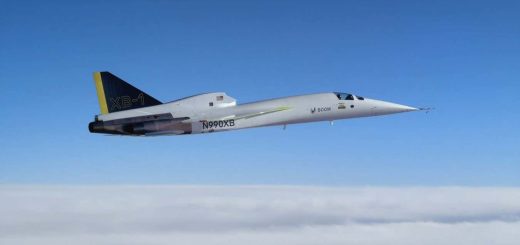Australian pterosaur had a huge tongue to help gulp down prey
Scientists have identified a new species of pterosaur from a 100-million-year-old fossil in Australia, which appears to have had a massive tongue to push prey down its throat
By James Woodford
12 June 2024
An illustration of the newly identified species, called Haliskia peterseni
Gabriel Ugueto
A 100-million-year-old fossil pterosaur found in Australia may have had the largest and most muscular tongue of all its relatives.
The fossil was found in 2021 by Kevin Petersen, the curator at Kronosaurus Korner, a museum near the outback town of Richmond in Queensland.
Normally with pterosaurs – flying reptiles that inhabited Earth at the same time as dinosaurs – you might find one bone, says Petersen. “But as I started to dig around, more and more bone started to show and I realised I needed to go very carefully,” he says.
Advertisement
Read more
Largest ever animal may have been Triassic ichthyosaur super-predator
Nearly a quarter of the skeleton has now been recovered, making it the most complete pterosaur ever found by scientists in Australia.
The entire lower jaw was preserved, along with part of the upper jaw, vertebrae, ribs, and leg and feet bones. But most surprising was the preservation of the extremely delicate throat bones, just a few millimetres in diameter, which reminded Petersen of spaghetti.


